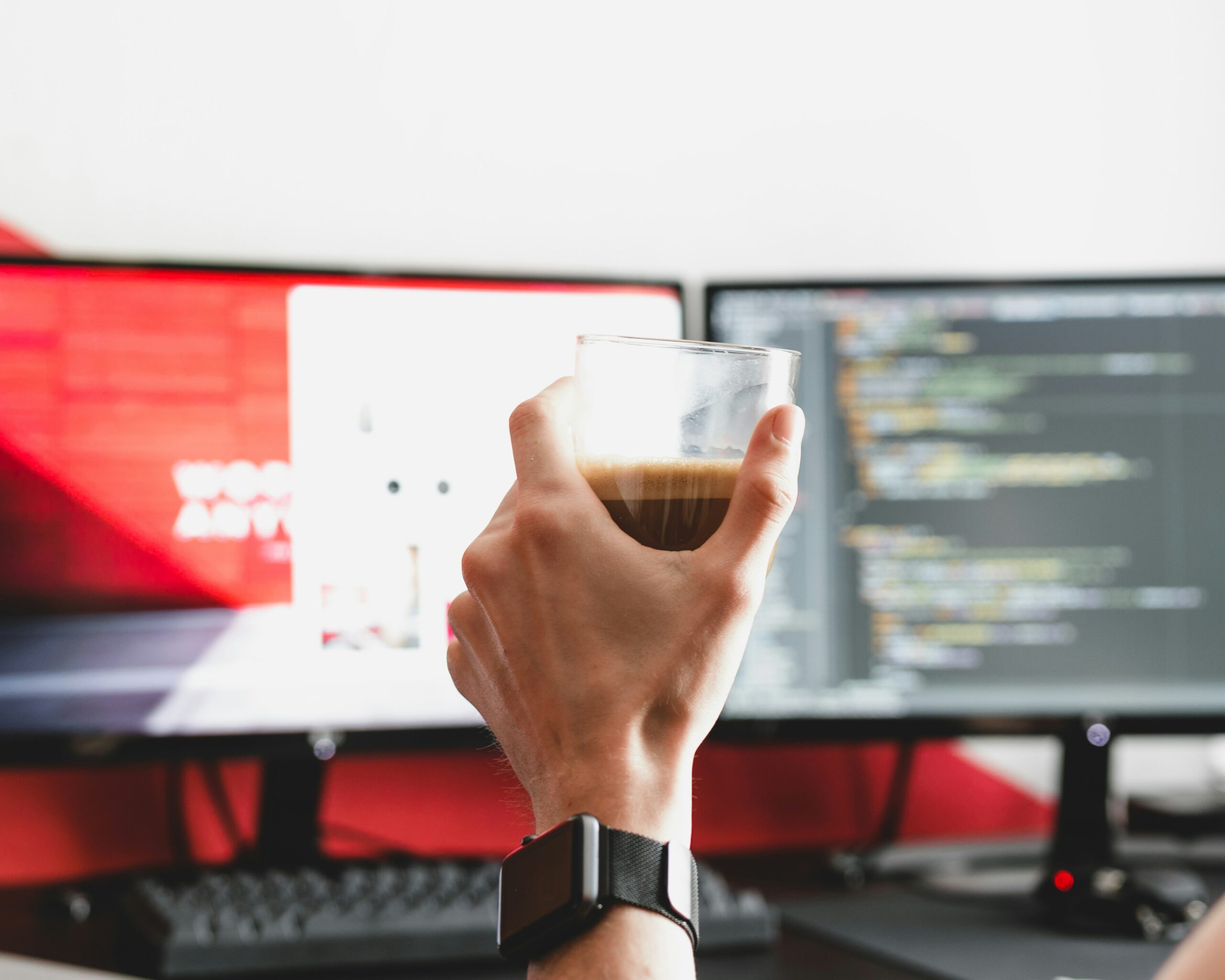Recently, I upgraded my Ubuntu operating system from version 22.04 to 24.04. After the upgrade, everything seemed to be working fine, except for one major issue, my dual monitor setup stopped functioning correctly. Only one monitor was working, while the other remained on standby. After some troubleshooting, I discovered that updating the GPU drivers resolved the issue. In this article, I’ll walk you through the steps I took to fix this problem and get both monitors working again.
Step 1: Find Out the Display Information
To resolve issues related to dual monitors, it’s essential to first identify the graphics card installed on your system. You can do this by listing all PCI devices and filtering out the ones related to VGA (Video Graphics Array). This command will help you find VGA-compatible graphics cards installed on your system.
Run the following command in the terminal:
lspci | grep -E "VGA"This command searches the list of PCI devices for any that contain the string “VGA.” The output will provide information about the graphics card. If you have a typical system with a graphics card, you may see output similar to this:
01:00.0 VGA compatible controller: NVIDIA Corporation AD107 [GeForce RTX 4060] (rev a1)Step 2: Check Available Drivers
Next, we need to check the available drivers for the detected hardware. Ubuntu provides a utility called ubuntu-drivers that helps manage drivers for various hardware devices. This utility is part of the ubuntu-drivers-common package, which is included by default in most Ubuntu installations.
To list the drivers available for your system’s hardware, run the following command:
ubuntu-drivers devicesWhen you run this command, it scans your system for hardware devices that may require proprietary or third-party drivers, such as graphics cards and wireless adapters. The output will display the detected devices along with the recommended drivers. Here’s an example of what the output might look like:
udevadm hwdb is deprecated. Use systemd-hwdb instead.
udevadm hwdb is deprecated. Use systemd-hwdb instead.
udevadm hwdb is deprecated. Use systemd-hwdb instead.
udevadm hwdb is deprecated. Use systemd-hwdb instead.
== /sys/devices/pci0000:00/0000:00:01.0/0000:01:00.0 ==
modalias : pci:v000010DEd00002882sv00001462sd00005161bc03sc00i00
vendor : NVIDIA Corporation
model : AD107 [GeForce RTX 4060]
driver : nvidia-driver-535-open - distro non-free
driver : nvidia-driver-535-server-open - distro non-free
driver : nvidia-driver-535 - distro non-free recommended
driver : nvidia-driver-535-server - distro non-free
driver : xserver-xorg-video-nouveau - distro free builtinStep 3: Install the Recommended Driver
To fix the dual monitor issue, install the recommended driver provided by the ubuntu-drivers utility. In the example above, the recommended driver is nvidia-driver-535. You can install it using the apt package manager:
sudo apt install nvidia-driver-535This command will install the NVIDIA driver on your system. After the installation is complete, you need to restart your computer to apply the changes.
Step 4: Restart Your Computer
Once the driver is installed, restart your computer:
sudo rebootAfter the system restarts, both monitors should be working correctly, and your dual monitor setup should function as expected.
Solution 2
If you still getting the error after upgrading the driver, You have ti clean Up any previous NVIDIA driver from your machine.
sudo apt purge '^nvidia-.*'
sudo apt autoremove
sudo rm -rf /etc/X11/xorg.conf /lib/modprobe.d/blacklist-nvidia.conf /etc/modprobe.d/blacklist-nvidia.conf
Reboot Cleanly.
sudo rebootConclusion
If you encounter issues with your dual monitor setup after upgrading Ubuntu, it’s often due to outdated or incompatible GPU drivers. By following the steps outlined above to check your graphics card information, review available drivers, and install the recommended driver, you can resolve these issues and restore full functionality to your dual monitor configuration.
Remember to always keep your system drivers up to date to avoid similar issues in the future.

Thanks for the help. It’s resolved my issue.
Thank you for sharing, it really worked.